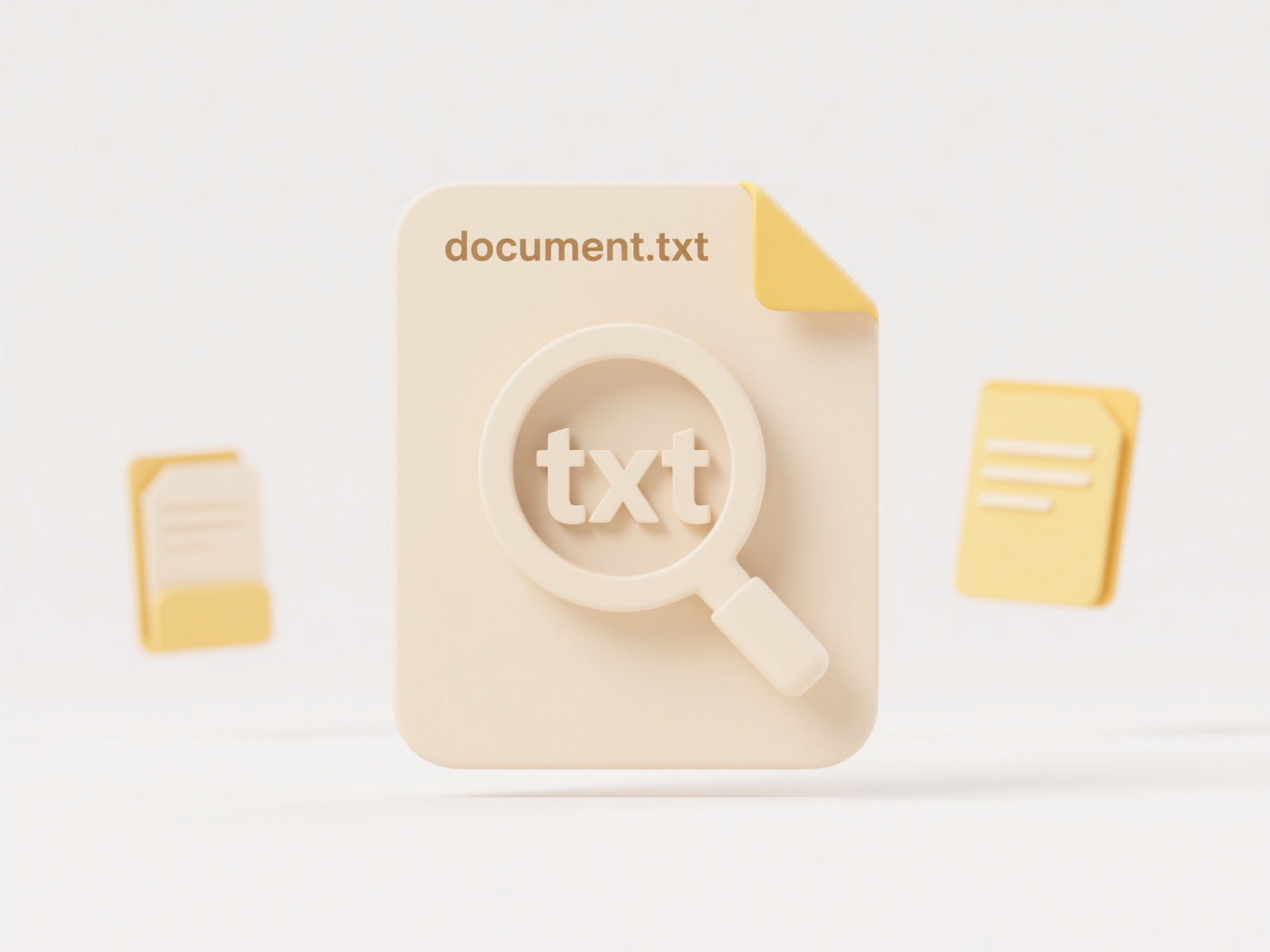
The most common reasons search fails to find a file involve mismatches between the query terms and the information the system possesses about the file. This often stems from typos in the filename or keywords, differences in terminology, or the file being stored in an unexpected location not included in the search scope. Crucially, many searches rely on indexing – a background process where the system scans and catalogues file content and metadata for faster retrieval. If a file is new, recently modified, or created while indexing was disabled or paused, its contents won't appear in search results until the index is updated. Finally, strict access controls or permissions settings can prevent a user from seeing or searching for a file they don't have rights to, making it effectively invisible to them.
In practice, this could manifest when a user searches a cloud storage drive (like OneDrive or Google Drive) for "Q4_report.docx" but mistypes it as "Q4_reprot.docx" or calls it "year_end_report.docx" instead. Another common example occurs in corporate document management systems: a project manager might upload a "Client_Proposal_vFinal.pdf" directly to a project folder, but search won't find it until the overnight indexing job runs. Image and video files lacking detailed embedded metadata also frequently evade keyword searches.

The main advantage of modern file search is speed for indexed items, but its limitations cause user frustration and inefficiency when expected files don't appear. Ethical considerations include users potentially feeling their data disappeared or that systems are untrustworthy. Future developments focus on overcoming these limitations by using more sophisticated AI for contextual understanding, searching file content directly without heavy indexing reliance, and proactively scanning permissions to clarify access issues within search results.
What are the most common reasons search fails to find a file?
The most common reasons search fails to find a file involve mismatches between the query terms and the information the system possesses about the file. This often stems from typos in the filename or keywords, differences in terminology, or the file being stored in an unexpected location not included in the search scope. Crucially, many searches rely on indexing – a background process where the system scans and catalogues file content and metadata for faster retrieval. If a file is new, recently modified, or created while indexing was disabled or paused, its contents won't appear in search results until the index is updated. Finally, strict access controls or permissions settings can prevent a user from seeing or searching for a file they don't have rights to, making it effectively invisible to them.
In practice, this could manifest when a user searches a cloud storage drive (like OneDrive or Google Drive) for "Q4_report.docx" but mistypes it as "Q4_reprot.docx" or calls it "year_end_report.docx" instead. Another common example occurs in corporate document management systems: a project manager might upload a "Client_Proposal_vFinal.pdf" directly to a project folder, but search won't find it until the overnight indexing job runs. Image and video files lacking detailed embedded metadata also frequently evade keyword searches.

The main advantage of modern file search is speed for indexed items, but its limitations cause user frustration and inefficiency when expected files don't appear. Ethical considerations include users potentially feeling their data disappeared or that systems are untrustworthy. Future developments focus on overcoming these limitations by using more sophisticated AI for contextual understanding, searching file content directly without heavy indexing reliance, and proactively scanning permissions to clarify access issues within search results.
Quick Article Links
How do I group source files and exports?
Grouping source files and exports refers to organizing your codebase by logically bundling related files and their publi...
How do I organize internal comms or announcements?
Organizing internal communications involves structuring how announcements, updates, and information flow within an organ...
How do I locate a file uploaded to a shared folder?
Locating a file within a shared folder involves using the tools provided by the storage platform to find specific conten...